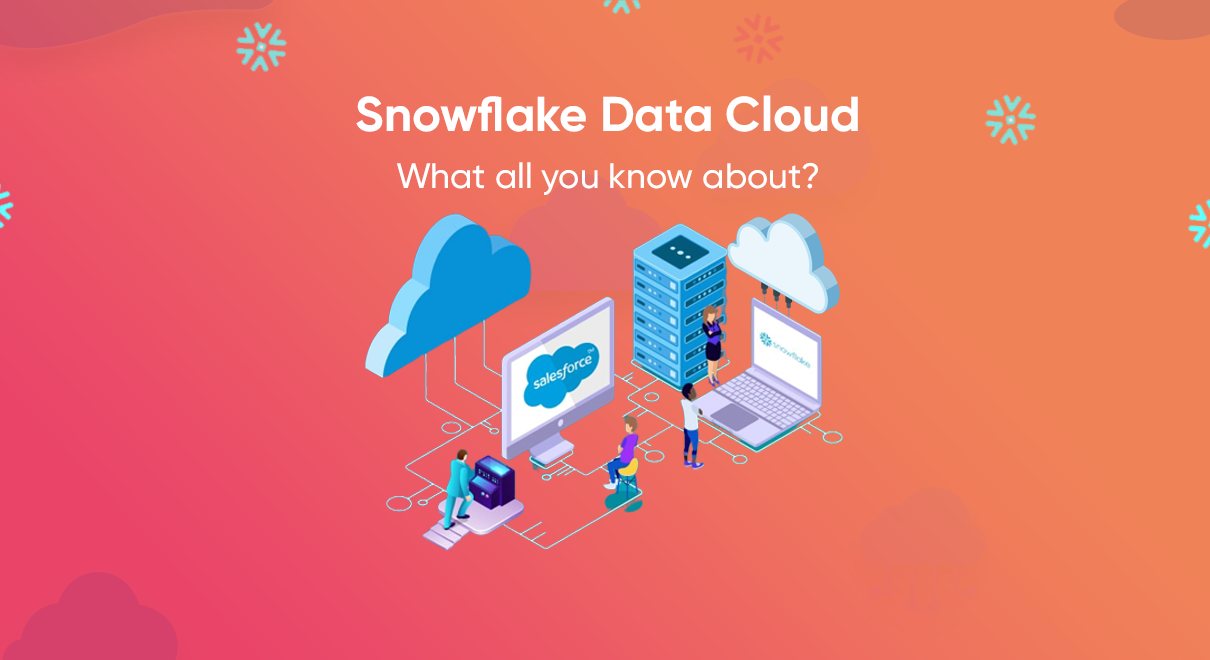In the past, setting up a data warehouse required investing in an expensive piece of hardware with specialized functionality and running it in your data center. On the other hand, Snowflake is a cloud-native platform that enables secure data exchange throughout the business without needing separate data warehouses, data lakes, and data marts.
The Snowflake data warehouse is very helpful for businesses searching for a platform that provides distinctive solutions that a typical data platform cannot. Also, setting up their data warehouses has become obsolete for companies due to its versatility and simplicity.
So what makes Snowflake data cloud unique?
Snowflake: A different architecture for a data warehouse
An entirely cloud-based SQL data warehouse is part of the Snowflake data cloud. It combines high performance, concurrency, simplicity, and affordability to levels not conceivable with existing data warehouses because it was built with a novel, patented design to manage all aspects of data and analytics.
Storage, computing, and services are logically integrated by Snowflake but are physically separated by it. These parts can be enlarged and contracted separately because they are all distinct units, making Snowflake more responsive and flexible.
Snowflake uses MPP (massively parallel processing) compute clusters to handle queries, albeit similar to shared-nothing architecture. Each node in the cluster keeps a subset of the complete data set locally in this configuration. All computing nodes can access the common persisted data repository the Snowflake data cloud uses.
Because Snowflake is a valid data platform-as-a-service, businesses can concentrate on using data rather than managing it because it automatically manages infrastructure, infrastructure, optimization, data protection, and availability.
The benefits of Snowflake data cloud for businesses
Several modern businesses are switching from conventional in-house data platforms to cloud databases. The causes of this change are:
Operational cost
An organization would need to invest in IT tools and knowledge to have the internal storage capacity and computing power that Snowflake offers. For most firms, the advantages of cloud computing surpass the expenses of subscriptions. These companies can use Snowflake to the most degree possible without worrying about the hardware or upkeep costs.
Data modernization
Data world has seen the influx of a wide variety of data integration tools that allows enterprises to capture all forms of business data. The modern data stack has evolved rapidly and snowflake sits at the centre due to its seamless integration with tools such as Fivetran and dbt.
Data security
Businesses keep their sensitive, vital data on computers, making them potentially vulnerable to cyberattacks. By providing accessible, safe, third-party solutions like Snowflake data cloud offer security measures to decrease the dangers of data breaches. Security is integrated to the snowflake platform and Snowflake has achieved SOC 2 Type 2, PCI DSS compliance, and support for HIPAA compliance.
Conclusion
Companies across various industries must improve their data platforms to use new and forthcoming tools and apps. They have better access to their data and more advanced analytics with Snowflake, which can help them advance their business.
Yet, organizing and carrying out a significant shift might be difficult. It needs assistance and direction from experts in cloud-based computing technologies.



6 Comments
Comments are closed.